Frame 7B Combustion Inspection
PSG mobilized a Technical Field Advisor, Foreman, Turbine Mechanics, and Tooling to a Utility site in the southern U.S. to perform a combustion inspection ‘’CI’’ on a GE MS-7000B combustion turbine.
The job consisted of removing and replacing all combustion parts and associated consumables. The fuel nozzles, combustion liners and transition pieces were removed and replaced with OEM refurbished components.
The bullhorns, combustion chambers, crossfire tubes, retainer clips and lid covers were returned to service with no replacement necessary. Transition piece hardware was replaced with new parts and the crossfire tubes and retainer clips were returned to service with minor wear being noted. All associated flange gaskets were replaced with new OEM consumable parts in all 10 combustion cans as a preventive maintenance practice. New flange bolting hardware was also installed as a preventive maintenance practice.
The combustion wrapper was removed to better access the transition pieces and have a better visual inspection of the 1st stage nozzle, all wrapper case bolting was replaced with new upgraded components.
The inlet was visually inspected and found to be in overall good visual condition.
A visual inspection of the exhaust plenum showed the assembly to be in overall good visual condition with minor wear noted.
The end result was another successful combustion inspection on a Frame 7B combustion turbine, and most importantly, a satisfied customer.
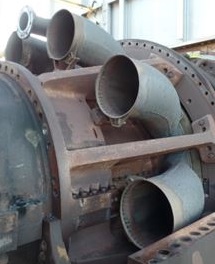



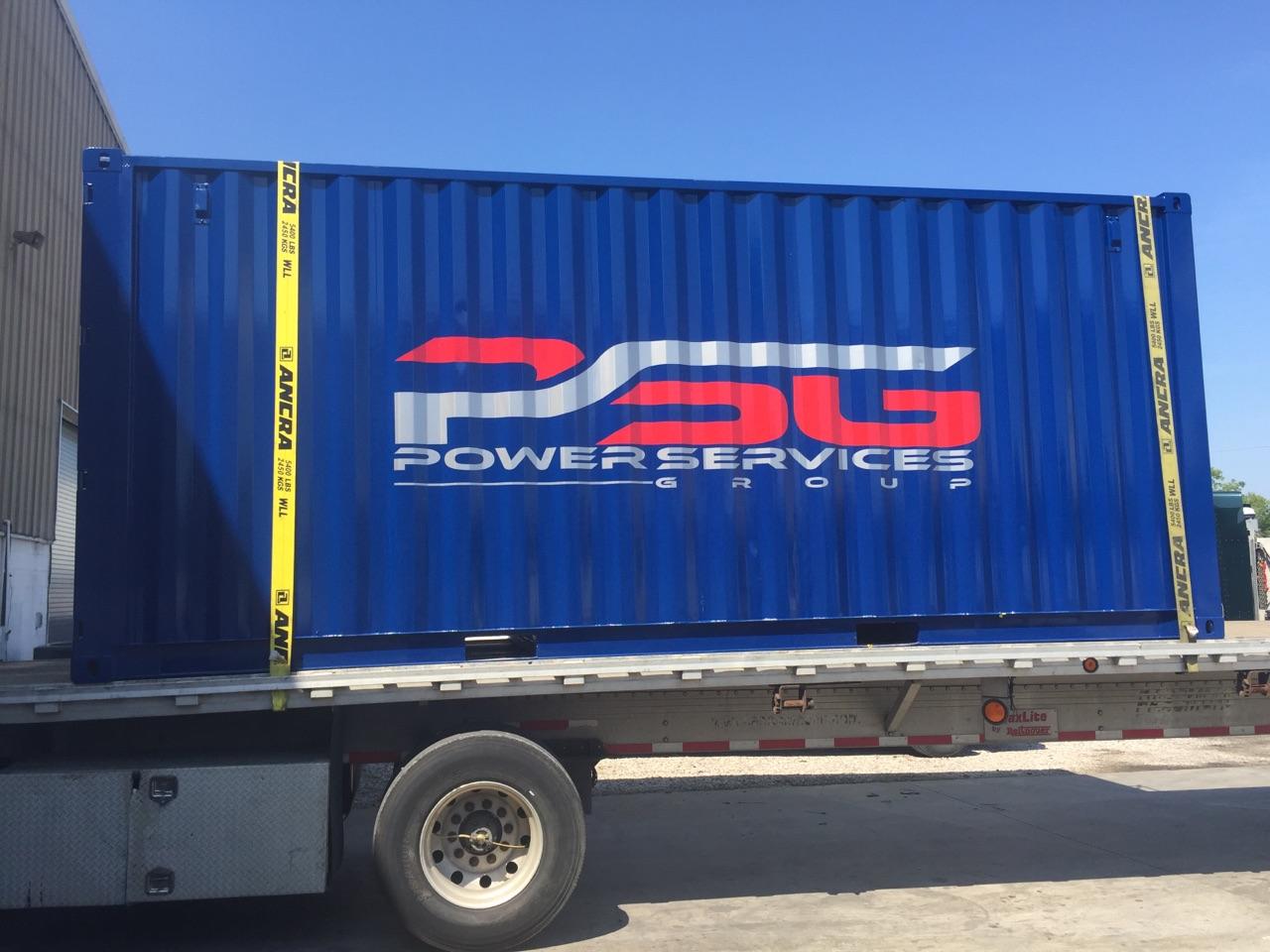
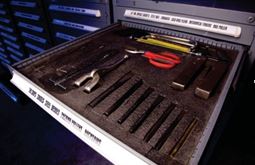
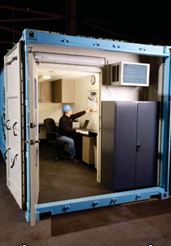
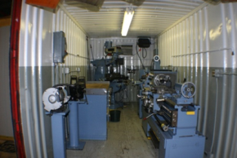
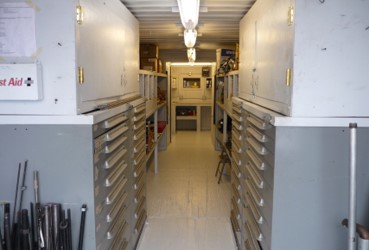
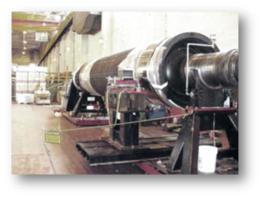
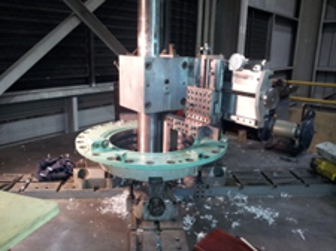
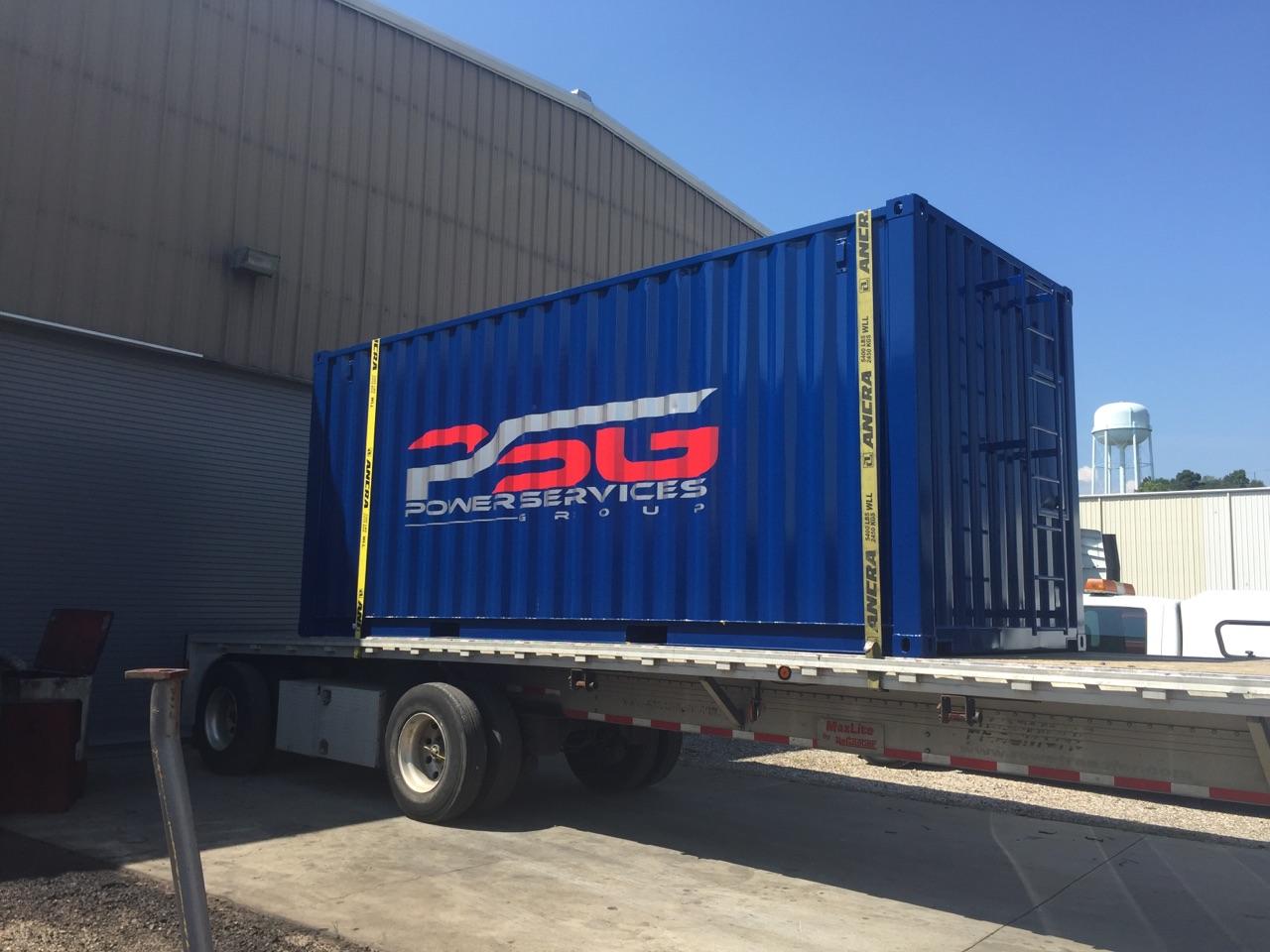
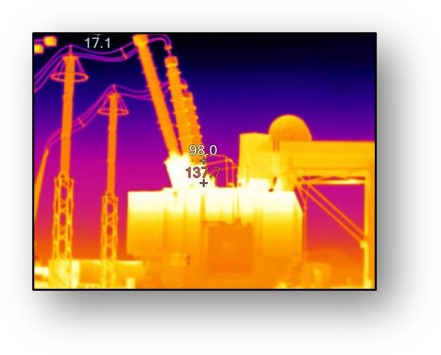
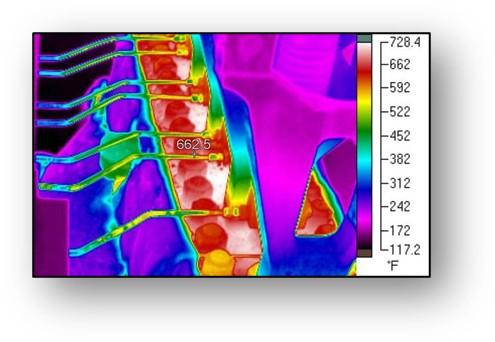
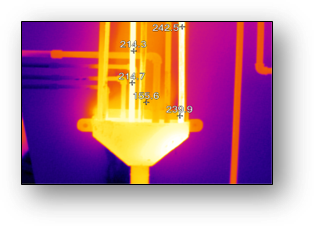
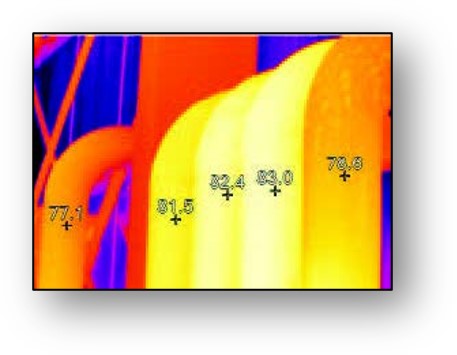
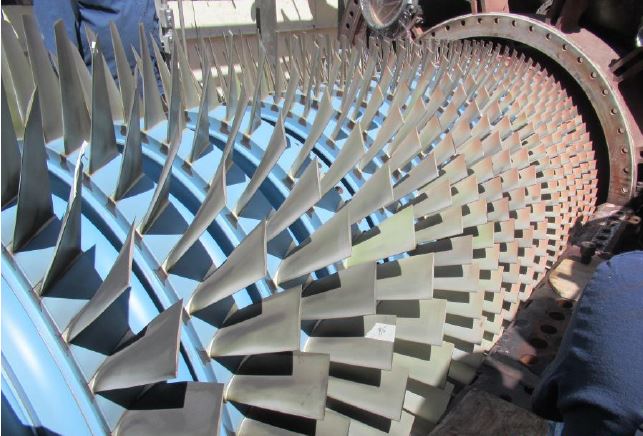
 Contamination and Erosion
Contamination and Erosion Have your combustion turbines been losing power after overhauls? There are many factors which can affect power production, but the IGV settings are one area that even the OEM can overlook.
Have your combustion turbines been losing power after overhauls? There are many factors which can affect power production, but the IGV settings are one area that even the OEM can overlook. A gas turbine needs to breathe air – and a lot of it – to make horsepower. The inlet guide vanes (IGVs) on a heavy duty gas turbine are designed to modulate (open and close) in response to commands from the control system to regulate this air flow. These commands control turbine exhaust temperature, protect against a compressor “stall” or “surge” (extremely damaging to the compressor blading), and other controlling functions. The IGVs look like little airplane wings that rotate or pivot to allow more or less air into the compressor. They are calibrated to the turbine control system by measuring the actual vane angles with a machinist’s protractor and inputting the readings into the control system. This lets the electronic controls know physically where they are so that the system can properly control the unit.
A gas turbine needs to breathe air – and a lot of it – to make horsepower. The inlet guide vanes (IGVs) on a heavy duty gas turbine are designed to modulate (open and close) in response to commands from the control system to regulate this air flow. These commands control turbine exhaust temperature, protect against a compressor “stall” or “surge” (extremely damaging to the compressor blading), and other controlling functions. The IGVs look like little airplane wings that rotate or pivot to allow more or less air into the compressor. They are calibrated to the turbine control system by measuring the actual vane angles with a machinist’s protractor and inputting the readings into the control system. This lets the electronic controls know physically where they are so that the system can properly control the unit. During the first half of 2017, PSG successfully performed a number of maintenance activities at combined cycle power plants with Alstom GT 24 Integrated Cycle System (ICS) turbine-generator equipment. GT24 work executed by the PSG team for multiple customers throughout the continental U.S. and Latin America:
During the first half of 2017, PSG successfully performed a number of maintenance activities at combined cycle power plants with Alstom GT 24 Integrated Cycle System (ICS) turbine-generator equipment. GT24 work executed by the PSG team for multiple customers throughout the continental U.S. and Latin America: